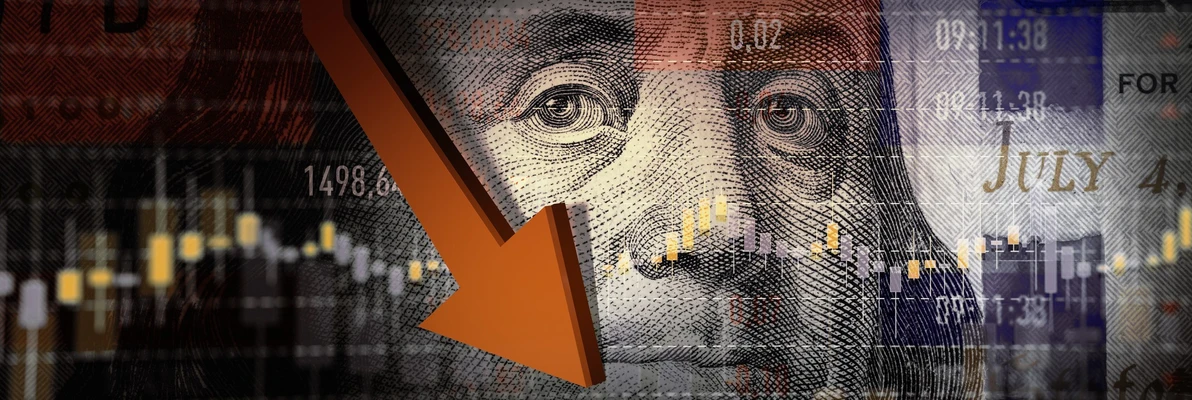Dozens of banks in the United States are on the verge of collapse despite the Biden administration’s recent measures to calm the turbulent markets, according to a new study. Nearly 200 American banks face similar risks to those that led to the implosion and bankruptcy of Silicon Valley Bank (SVB), RT said on Saturday, citing a study conducted by 4 economists.
SVB, a major U.S. bank focused on lending capital to the tech and startup sectors, was shut down by regulators last week after massive deposit outflows — also known as a bank run.
The Silicon Valley Bank, which has been key lender to U.S. startups since 1980s, failed after depositors hurried to withdraw money over liquidity concerns. The study estimated how much market value the assets held by US banks had lost due to higher interest rates.
“From March 07, 2022, to March 6, 2023, the federal funds rate rose sharply from 0.08 percent to 4.57 percent, and this increase was accompanied by quantitative tightening. As a result, long-dated assets similar to those held on bank balance sheets experienced significant value declines during the same period,” stated the study by the four economists who hailed from prominent US universities, which was posted this week to the Social Science Research Network.
On one hand, higher interest rates can benefit banks by allowing them to lend at a higher rate. On the other hand, many US banks have parked a significant portion of their excess cash in US Treasuries. This was done when interest rates were at near-zero levels. The value of these bonds has now greatly decreased due to the rate hikes – investors can now simply purchase newly issued bonds that offer a higher interest rate. The decline in the banks’ portfolios is unrealized, meaning the value of the securities has declined but the loss is still only ‘on paper’.
For banks, the problem starts when customers request their deposits back and are forced to sell their securities – at a significant loss – in order to pay depositors back. This can lead in extreme cases to a bank becoming insolvent, or as happened with SVB, the loss of confidence can trigger a bank run.
The authors of the report looked into how the amount of US lenders’ funding that comes from uninsured deposits: the greater the share, the more susceptible a bank is to a run. At SVB, for example, where 92.5 percent of deposits were uninsured, the deposit outflow caused the bank to collapse in a span of only two days.
The study’s authors calculated that 186 American banks do not have enough assets to pay all customers if even half of the uninsured depositors decide to withdraw their money.
“Our calculations suggest these banks are certainly at potential risk of a run, absent other government intervention or recapitalization… Overall, these calculations suggest that recent declines in bank asset values very significantly increased the fragility of the US banking system to uninsured depositor runs,” the economists concluded, noting that the number of banks at risk could be “significantly” larger if “uninsured deposit withdrawals cause even small fire sales.”
SVB’s collapse caused jitters across the United States and global financial institutions in grip of contagion fears. Many of these institutions have seen their stocks plunge, with the six largest Wall Street banks losing around $165 billion in market capitalization, so far.
Moody’s credit ratings has downgraded its outlook for the US banking system from ‘stable’ to ‘negative’, citing the “rapidly deteriorating operating environment.”


